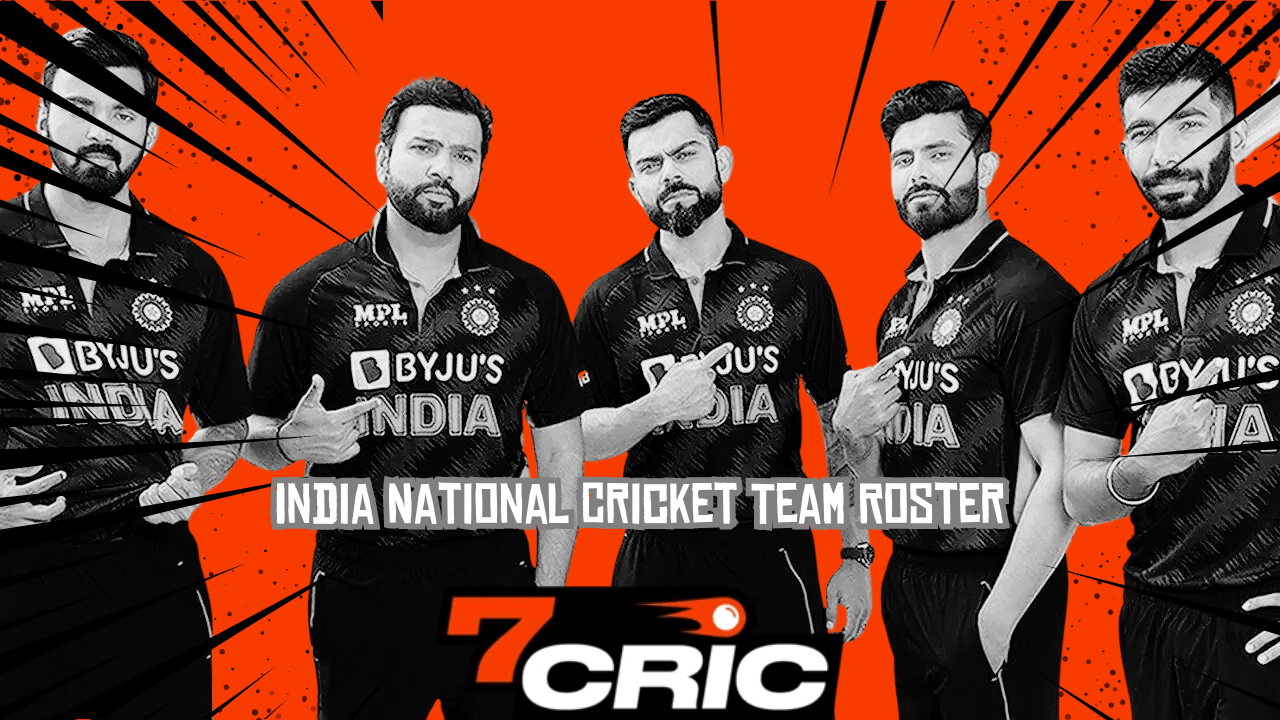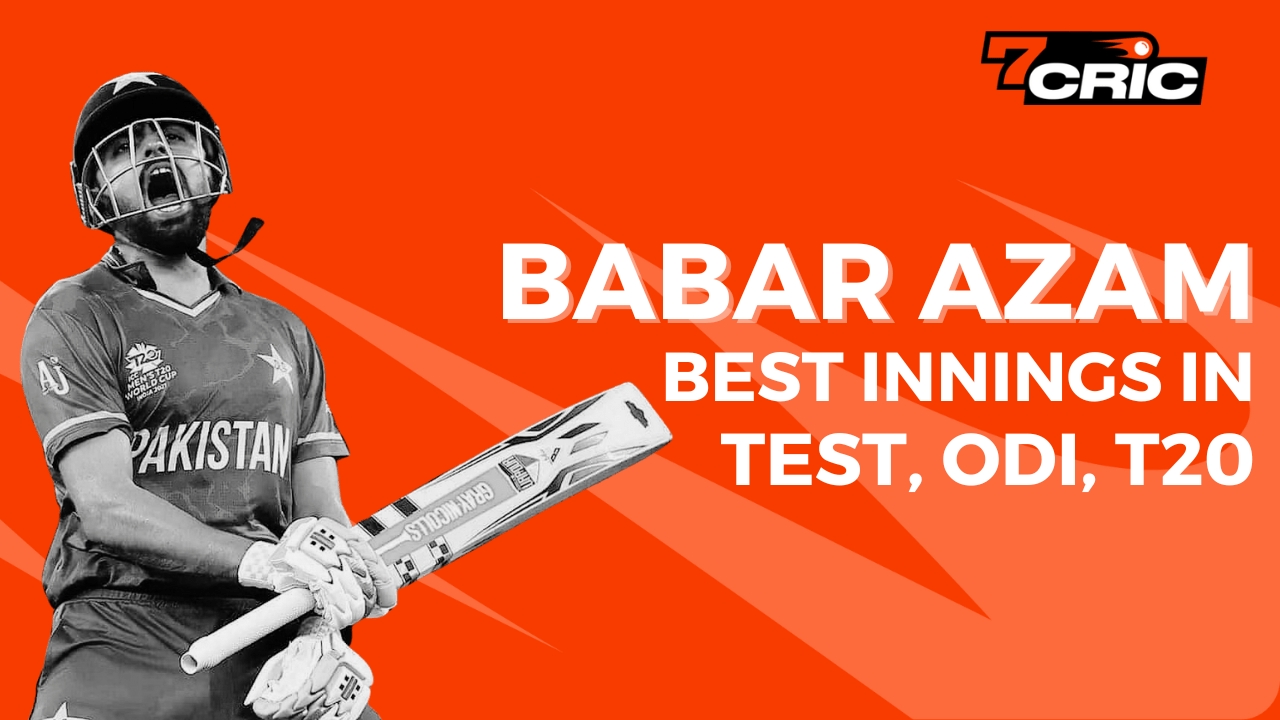Village cricket, a longstanding tradition in the sport of cricket, holds a significant place in local communities.This article aims to explore the essence of this aspect within the broader context of the sport.
By examining its historical development, rules and regulations, as well as its distinguishing features from professional cricket, this article seeks to shed light on the importance of village cricket as a cultural and social event.
Additionally, it will address the challenges faced by village cricket teams in maintaining their existence and relevance in contemporary society.
Summary & Key Takeaways
- Village cricket originated in rural communities during the 17th and 18th centuries as informal matches for entertainment and socialization.
- The rules and regulations of village cricket are more relaxed compared to professional cricket, with matches often played on weekends or evenings.
- Village cricket plays a vital role in local communities, fostering social connections, promoting community cohesion, and providing recreational opportunities.
- Village cricket teams face challenges such as limited funding, lack of infrastructure, and difficulty attracting skilled players, but support from local communities, governing bodies, and sponsors can help overcome these obstacles.
History of Village Cricket
The history of village cricket can be traced back to its origins in rural communities during the 17th and 18th centuries.
The evolution of village cricket can be attributed to the popularity of the game amongst rural inhabitants, who would gather in open fields and meadows to play informal matches.
These matches served as a means of entertainment and socialization for the community, fostering camaraderie and friendly competition.
Over time, village cricket gained recognition and began attracting larger crowds. Famous village cricket matches emerged as significant events within local communities.
These matches often pitted neighboring villages against each other, creating a sense of rivalry and pride among participants and spectators alike.
One such famous match was held between Hambledon Cricket Club and All-England Cricket Team in 1777, which showcased exceptional talent on both sides. This match is considered a milestone in the development of organized cricket.
As village cricket grew in popularity, rules were established to ensure fair play and maintain order during matches. These regulations laid the foundation for the subsequent formalization of cricket’s laws on a national level.
The history of village cricket provides insight into not only the origins but also the cultural significance of this sport within rural communities.
Understanding its evolution helps set the stage for exploring the rules and regulations that govern modern-day village cricket tournaments.
Rules and Regulations of Village Cricket
One important aspect of the sport involves adherence to a set of guidelines and procedures that govern the conduct and gameplay of village cricket matches. These rules and regulations ensure fair play, safety, and maintain the overall integrity of the game.
In village cricket, community impact and social bonding are key factors that contribute to its popularity. The rules and regulations in village cricket vary slightly from those followed in professional cricket.
While both forms of the game have similar objectives, such as scoring runs and taking wickets, village cricket allows for a more relaxed approach.
Matches are often played on weekends or evenings when players can take time off work or other commitments.
In terms of community impact, village cricket serves as a central gathering point for locals. It brings people together from different age groups, backgrounds, and skill levels, fostering a sense of belonging within the community.
The social bonding that takes place during matches extends beyond the field, with post-match gatherings at local pubs or clubs further enhancing camaraderie among participants.
Transitioning into the next section about ‘differences between village cricket and professional cricket,’ it is important to note that while both forms share similarities in terms of gameplay objectives.
There are significant variations in terms of player skill level, resources available, professionalism exhibited by players, infrastructure requirements, financial incentives involved in professional cricket contracts compared to amateur settings.
Differences Between Village Cricket and Professional Cricket
Significant disparities exist between the amateur and professional forms of cricket, including variations in player skill level, available resources, and more. These differences contribute to a distinct contrast between village cricket and its professional counterpart.
- Skill level: In village cricket, players are often recreational enthusiasts who play for enjoyment rather than pursuing a career in the sport.
- Resources available: Village cricket teams may lack access to adequate facilities such as well-maintained pitches or pavilions. They often rely on community support for equipment and funding.
- Professionalism exhibited by players: While professional cricketers adhere to strict codes of conduct both on and off the field, village cricket may lack the same level of professionalism in terms of discipline and commitment.
These differences highlight how village cricket operates within limited means compared to its professional counterpart.
Despite these disparities, village cricket holds significant importance in local communities as it fosters social connections, provides recreational opportunities for individuals of all ages and abilities, and promotes community cohesion through shared experiences on the pitch.
Importance of Village Cricket in Local Communities
Fostering social connections, providing recreational opportunities, and promoting community cohesion through shared experiences on the pitch, village cricket holds an important role within local communities.
The game not only brings people together but also serves as a platform for social bonding. In rural areas, where village cricket is prevalent, it acts as a unifying force that transcends age, gender, and socioeconomic barriers.
Village cricket also has an economic impact on local communities. Matches attract spectators who often spend money at nearby businesses such as pubs, cafes, and shops.
This influx of visitors can stimulate the local economy by generating revenue and creating employment opportunities.
Additionally, tournaments or events associated with village cricket can draw tourists from other regions or even countries.
Furthermore, village cricket contributes to the overall well-being of individuals within the community by providing them with an outlet for physical activity and mental relaxation.
It offers recreational opportunities for both players and spectators alike. The game encourages regular exercise and healthy competition while fostering a sense of belonging among participants.
Challenges Faced by Village Cricket Teams
Challenges faced by teams involved in village cricket include limited funding, lack of infrastructure, and difficulty in attracting and retaining skilled players.
These challenges have a significant impact on the development and sustainability of village cricket teams.
- Limited Funding: Village cricket teams often struggle with financial resources. This can hinder their ability to invest in equipment, facilities, and coaching staff. Also affects the capacity to organize matches, travel, or training opportunities.
- Lack of Infrastructure: Many village cricket teams face the challenge of inadequate facilities. They may not have access to well-maintained pitches or suitable grounds for practice and matches. This can lead to difficulties in organizing games or attracting supporters to watch the matches.
- Difficulty in Attracting and Retaining Skilled Players: Due to limited resources and facilities, village cricket teams may find it challenging to attract talented players who may prefer playing for more established clubs or organizations that offer better opportunities for growth and exposure.
Overall, these challenges highlight the need for increased support from local communities, governing bodies, and sponsors to address the issues related to funding difficulties and lack of facilities in village cricket.
Efforts should be made to improve infrastructure, provide financial assistance, and create avenues for talent development within this grassroots level of the sport.
Final Thought of Village Cricket
Village cricket, a cherished tradition in local communities, has a rich history and distinct characteristics that set it apart from professional cricket.
The rules and regulations of village cricket may differ slightly from the professional game, but its importance in fostering community spirit cannot be understated.
Despite facing various challenges, such as limited resources and declining participation, village cricket continues to thrive as an integral part of grassroots sports.
In conclusion, how can we ensure the preservation and growth of this beloved institution for future generations?
FAQ - All You Need to Know About Village Cricket
How Can I Join a Village Cricket Team in My Local Community?
Individuals seeking to join a village cricket team in their local community can inquire about opportunities at community centers or through online forums. Participation in such teams fosters community involvement and offers benefits, including physical activity, social interaction, and the opportunity to develop cricket skills.
What Are Some Popular Traditions or Rituals Associated With Village Cricket?
Village cricket is intertwined with famous cricket teams and unique celebrations. It encompasses various traditions and rituals that reflect the spirit of the game in local communities. These customs are deeply rooted in the history and culture of village life, creating a distinct identity for this form of cricket.
Are There Any Age Restrictions for Participating in Village Cricket?
Age restrictions for participating in village cricket vary depending on the specific regulations of the organization or league. Some leagues may have minimum age requirements, while others do not impose any age limits, allowing individuals of all ages to participate.
How Do Village Cricket Teams Fund Their Activities and Equipment?
Village cricket teams fund their activities and procure equipment through various funding sources. These may include membership fees, sponsorship deals, donations from local businesses and individuals, fundraising events, grants from sports organizations, and government subsidies.
Do Village Cricket Teams Have Any Opportunities to Compete at a Professional Level?
Village cricket teams, despite their grassroots nature, do have competitive opportunities to aspire towards a professional level. While village cricket may not often reach the same heights as its professional counterpart, there are pathways for talented individuals and teams to progress.











